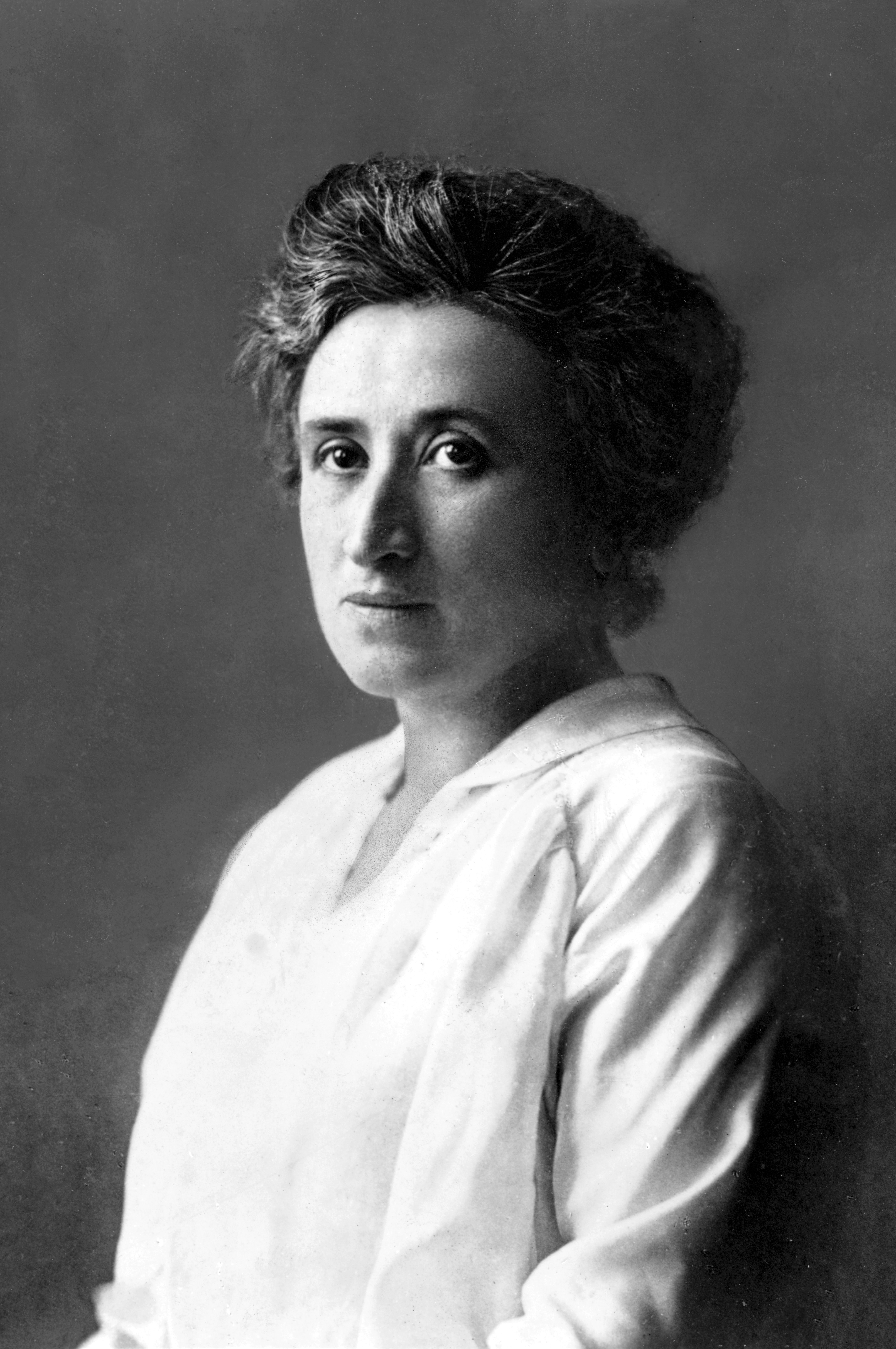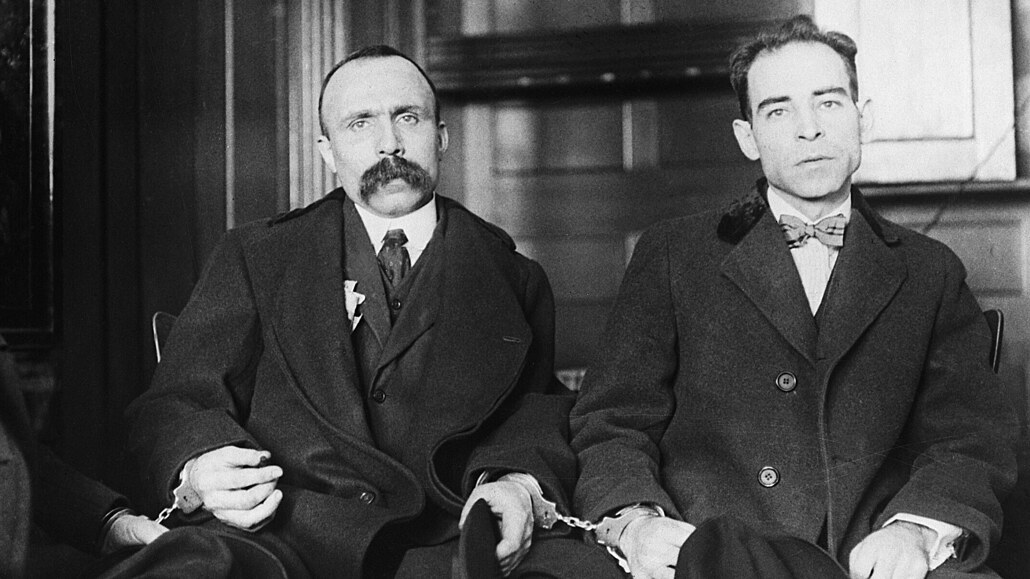From The Archives Of The American And International Left -
Mandela’s Legacy—Heroically Leading ANC to Power but, Tragically, Also Into a Dead End

Markin comment:
This archival issue of the Spartacist journal may be of some historical interest for old "new leftists,” perhaps, as well as for younger militants interested in various political, cultural and social questions that intersect and directly affect the ebb and flow of the class struggle. Or for those just interested in a Marxist position on a series of social and political questions that are thrust upon us by the vagaries of bourgeois society. I will be posting more such articles from the back issues of Spartacist and other periodicals from other leftist organizations, past and present, periodically throughout the year.
Additional Markin comment:
I place some material in this space which may be of interest to the radical public that I do not necessarily agree with or support. Off hand, as I have mentioned before, I think it would be easier, infinitely easier, to fight for the socialist revolution straight up than some of the “remedies” provided by the commentators in these entries. But part of that struggle for the socialist revolution is to sort out the “real” stuff from the fluff as we struggle for that more just world that animates our efforts.
*********
*********
| |||||||||||||||||||
Socialist Alternative, P.O. Box 45343, Seattle WA 98145 Phone: (206)526-7185 Comments? Suggestions for improving our web page? Please email info@SocialistAlternative.org | |||||||||||||||||||
 The Democratic Socialist Movement offers condolences to the Mandela family and all those in South Africa and internationally who are mourning the passing of Nelson Rolihlahla Mandela. Mandela is a symbol of the struggles and sacrifices of millions over decades to end apartheid and win democracy. The hopes and aspirations of that heroic struggle – with the mighty black working class playing the decisive role – were invested in Mandela. We recognise him for his role in the defeat of one of the most odious systems of oppression and exploitation in history.
The Democratic Socialist Movement offers condolences to the Mandela family and all those in South Africa and internationally who are mourning the passing of Nelson Rolihlahla Mandela. Mandela is a symbol of the struggles and sacrifices of millions over decades to end apartheid and win democracy. The hopes and aspirations of that heroic struggle – with the mighty black working class playing the decisive role – were invested in Mandela. We recognise him for his role in the defeat of one of the most odious systems of oppression and exploitation in history. 




